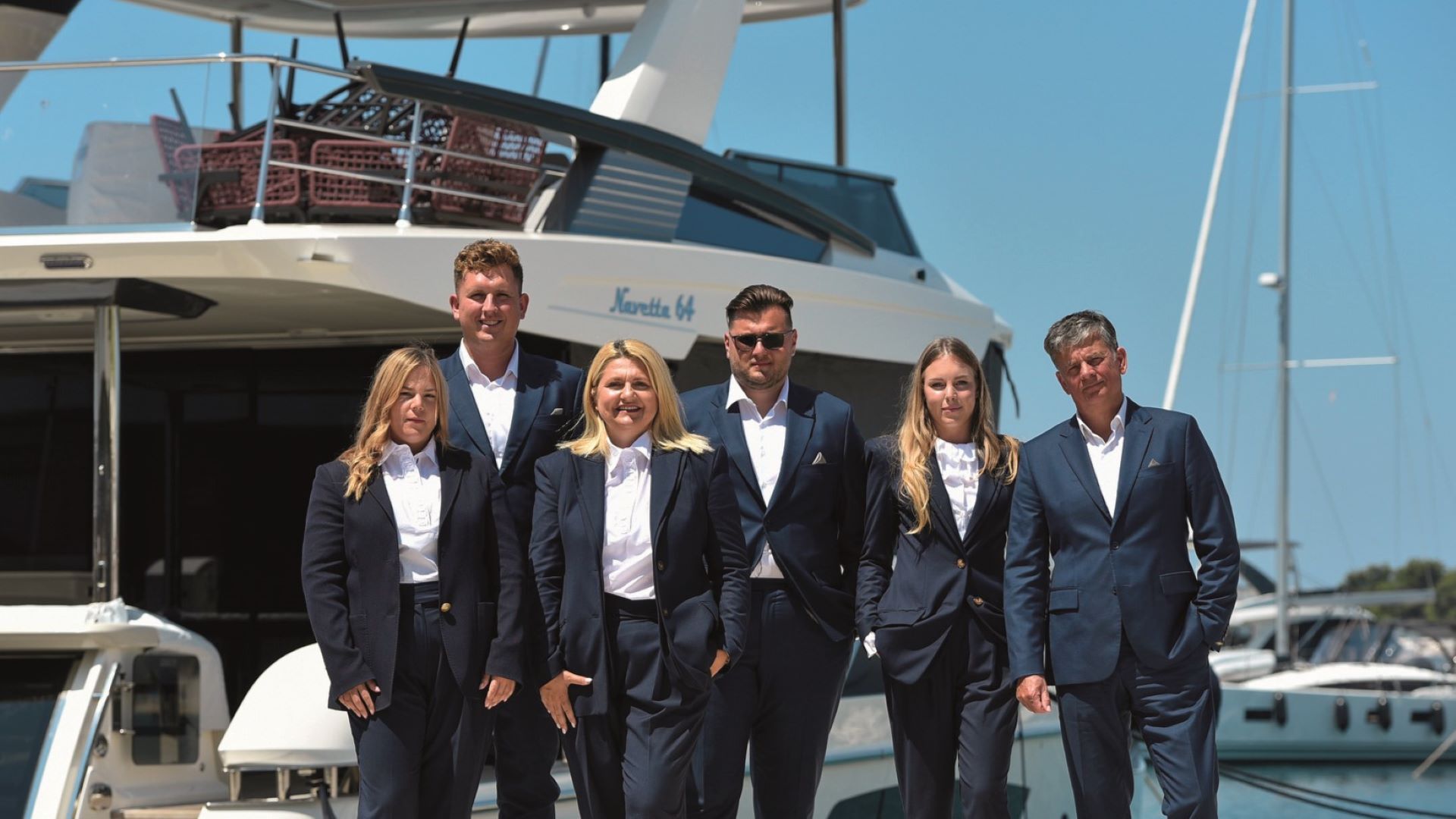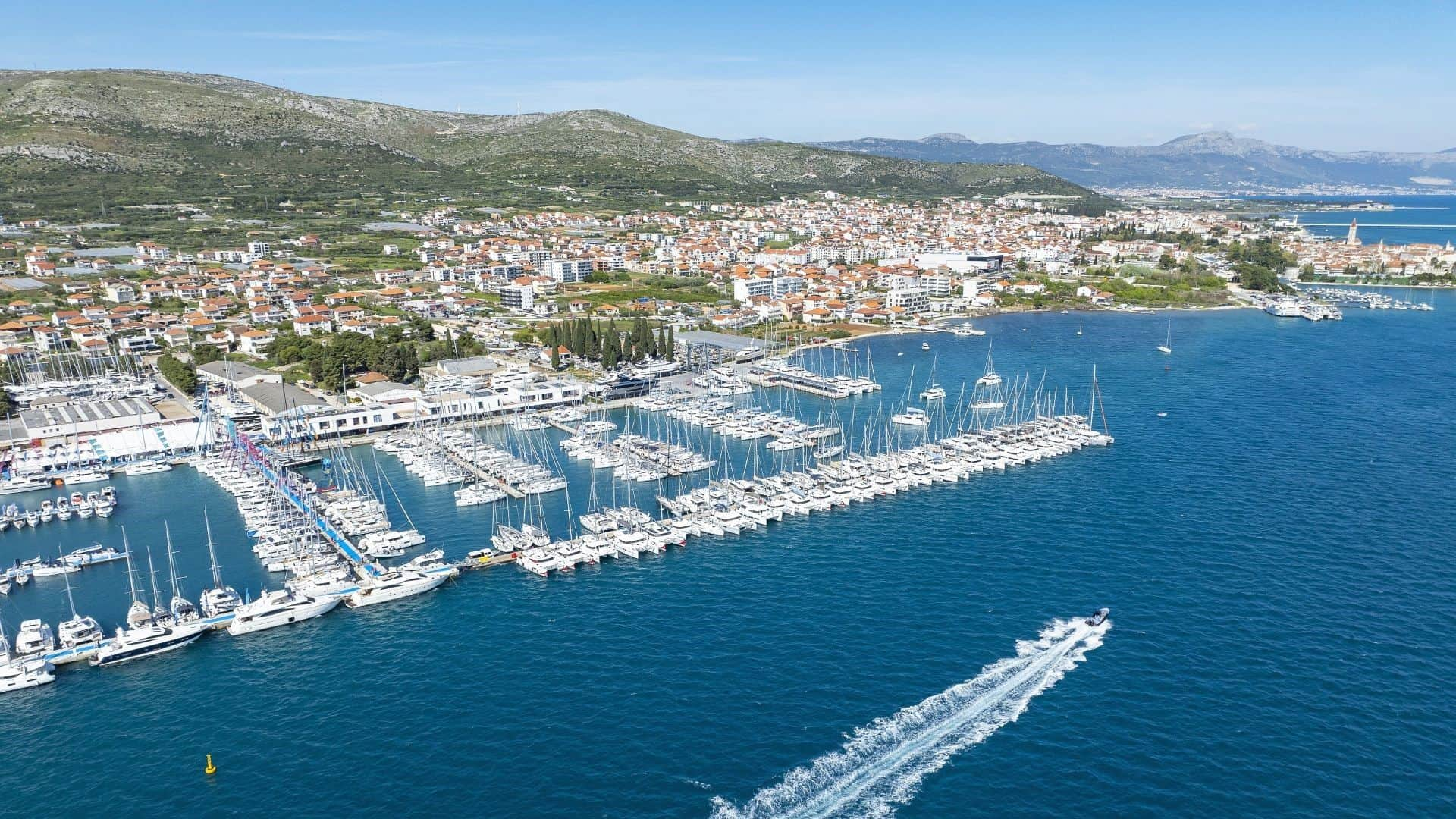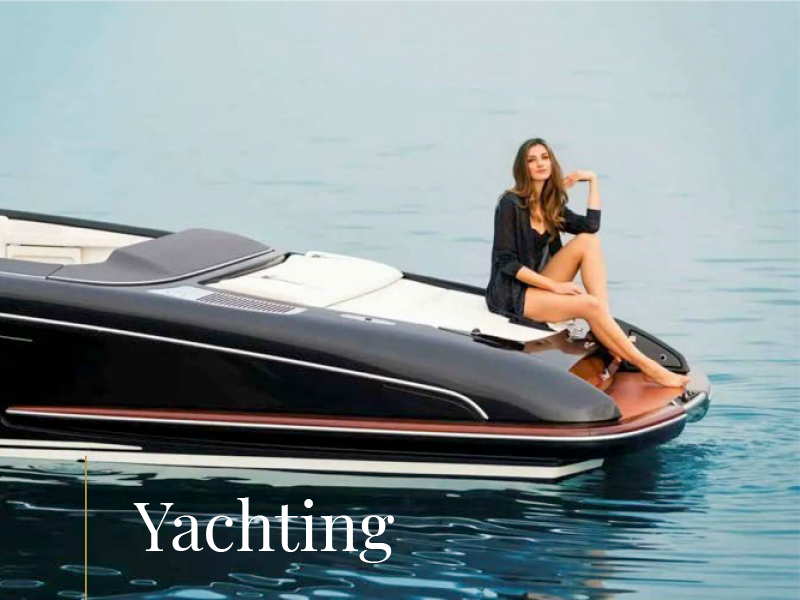Let’s take a look at what should be taken into account when choosing insurance for larger yachts, what conditions should be met by the shipowner, management company or the skipper, and what are the difficulties for specialized maritime insurance brokers in finding suitable policies for large yachts
Most of us when thinking about yacht insurance aren’t really aware of any significant differences between, for example, insurance for a 15-meter boat, or for a superyacht 50 meters or more in length. The difference is not only in the size of the vessel, but in the value, and the damage that such a large vessel can suffer or cause. In this guide we will try to inform our readers on what to consider when choosing insurance for larger yachts, what conditions the owner of the vessel, management company or the skipper (captain) of the vessel must meet, and what difficulties specialized maritime insurance brokers face when creating suitable insurance policies for large yachts.
Some forms of categorization of large yachts consider a superyacht to be any vessel above 24 meters (80 feet), a mega yacht above 200 feet while a giga yacht above 300 feet. For our guide, we will stick to the generally accepted term ‘superyacht’ defined as all yachts longer than 24 meters. Among the risks that need to be covered by insurance or the types of insurance that are needed, there are three main categories: hull insurance (Hull & Machinery insurance), P&I insurance or club membership (P&I coverage or club membership), and crew insurance and medical insurance (crew insurance and medical assistance).
Within these main categories there are various additions, clauses on extension or narrowing of coverage, special conditions, descriptions of navigation area limits, and conditions to be met. Casco insurance covers all damages that occur to the vessel or equipment, caused by external influence, such as stranding of the vessel, fire, lightning strike, theft of equipment on the vessel, or theft of the vessel. Although there are insurance conditions offered by various insurers providing very extensive and quality coverage, the market practice is contracting Casco insurance for superyachts based on the terms laid out by IYC (Institute Yacht Clauses).
Such coverage is often narrower than that offered by some insurers through their specifically drafted contracts, however the market, prestige and common practice differ. Liability insurance is often referred to, in superyacht jargon, as P&I coverage. This type of insurance was designed by P&I (Protection and Indemnity) clubs that offered their members very high amounts of protection and indemnity for damages caused to third parties. In this case, the insurance was provided on the principle of mutual insurance. Such membership in the club is expensive and risky for the owner, because they may be required to subsequently pay the membership fee for a year when there was more damage than the membership collected.
Despite this, superyacht owners still seek P&I insurance, not knowing that they should actually be seeking TPL (third party liability) or owner liability insurance. Even insurers and clubs have adapted to such a market and offer P&I coverage instead of membership. Most often, P&I coverage surpasses 500,000,000 euros. The third category is insurance of crew, passengers and captains against accidents. This segment also offers many variations instead of a single theme.
Superyacht owners often arrange special crew insurance for their crew, meaning the skipper, a number of officers, sailors and hostesses, where they provide them with insurance in case of an accident, injury, illness, as well as return costs in case of travel interruption, and in some cases, the cost of loss and non-payment of wages in case of injury or illness, which is very similar to the classic crew insurance. In contracting insurance for a superyacht, there is a large number of steps, checks and analyses to be thought of in assessing the risk itself – meaning, what precisely needs to happen for a vessel to be insured.
Up to some years ago, yachts were considered a ‘desirable risk’, but after the hurricane that hit the Caribbean in 2015, and the large number and high amount of damages paid, the situation changed drastically. Heavy losses of insurers and unions forced them to increase the prices of premiums, and then to get pickier about what vessels they want or do not want to insure. Lloyd’s insurance market only recognizes a few unions and insurers that offer superyachts insurance, and they are very cautious, which makes the whole affair extremely complicated. It is common knowledge that in the Lloyd’s insurance market (which is still the most interesting to superyacht owners), vessels with a value of less than 10 million euros are harder to find an interested party to purchase insurance from, with the lower limits set at three million.
All cases are rigorously vetted – the insurer needs to know where the vessel was registered, what is its port of call, who the owner is. The skipper’s CV stating all previous experience on such or similar yachts is also required, especially since the number of yachts on the market is growing rapidly. Although not much is required for private superyachts, all requirements under the MARPOL (International Convention for the Prevention of Pollution from Ships) and the Anti-Fouling System Convention are minimal.
There are many additional conventions that need to be met by superyachts intended for commercial use, which are usually chartered. The policy often states the actual value of the vessel at the time of contracting the insurance policy, as well as the increased value. Considering all of the above, as well as a large number of intermediate steps and additional checks, the importance of a skilled and experienced specialized broker in insuring such vessels becomes obvious.
The author of this text is an experienced broker in marine insurance and Yacht-Pool Mediterranean CEO Marijan Dželalija














